Advertisement
Supported by
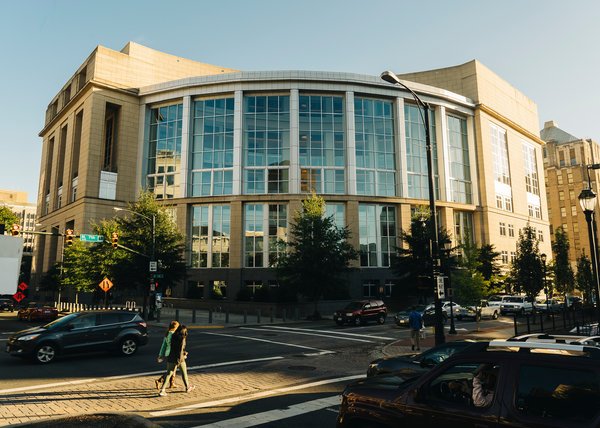
The Toys “R” Us world headquarters are on a sprawling wooded campus next to a reservoir in Wayne, N.J., on a street that bears the name of the company’s iconic mascot, Geoffrey the giraffe.
But in September, when Toys “R” Us filed for one of the largest bankruptcies of the year, it did not go to nearby Newark.
Instead, the toy company followed an increasing number of corporations — from Gymboree to a major coal company to a Pennsylvania fracking company — that are choosing to file for bankruptcy in Richmond, Va.
In recent years, Richmond has become the destination wedding spot for failed companies. The United States Bankruptcy Court there offers several features attractive to the executives, bankers and lawyers trying to get an edge in the proceedings.
First, Richmond’s bankruptcy court offers a so-called rocket docket that moves cases along swiftly. Chapter 11 bankruptcy filings can be laborious proceedings that drag on for years. Gymboree’s bankruptcy was completed in less than four months.
Second, the legal record in that court district includes precedents favorable to companies, like making it easier to walk away from union contracts.
But perhaps one of the biggest draws, according to bankruptcy lawyers and academics, is the hefty rates lawyers are able to charge there. The New York law firm representing Toys “R” Us, Kirkland Ellis, told the judge that its lawyers were charging as much as $1,745 an hour. That is 25 percent more than the average highest rate in 10 of the largest bankruptcies this year, according an analysis by The New York Times.
“The numbers are stratospheric,” said Kevin Barrett, a lawyer at the firm Bailey Glasser, who represented the State of West Virginia in two coal bankruptcy cases filed in Richmond.
Companies can file for bankruptcy in a court district where they have an affiliate — a loophole that allows them to shop for the court they think will provide the best outcome.
For an affiliate to be incorporated in Virginia, it can use a “registered agent” with a local address, according to the state. For its bankruptcy filing, state records show, Toys “R” Us used a Richmond affiliate whose registered agent has an office in downtown Richmond.
Representatives for Kirkland Ellis and Toys “R” Us declined to comment for this article. So did a spokesman for the federal bankruptcy court in Richmond.
It’s not just the lawyers who stand to gain from the Toys “R” Us bankruptcy. The bankers and other professionals who helped arrange $3.1 billion in new debt to keep the company operating in bankruptcy will collect $96 million in fees, according to a court document filed by Toys “R” Us.
Executives at bankrupt companies typically agree to the high fees, bankruptcy experts say, because they think the cost will have been worth it if the lawyers and bankers can save their business. Kirkland Ellis has a long track record of getting companies back on their feet in bankruptcy.
The two judges in Richmond are also known for their expertise. “The judges understand the complexities of large corporate bankruptcies and can handle cases expeditiously,” said Dion Hayes, a local bankruptcy lawyer.
Still, the huge fees can eat into the money that is left over for small creditors — typically vendors, suppliers and pensioners.
In the Toys “R” Us case, dozens of suppliers of scooters, rubber duckies and teething rings could lose millions in the bankruptcy.
Linda Parry Murphy, chief executive of Product Launchers, a distributor for several small toy suppliers, said her clients were owed about $1.2 million from Toys “R” Us. She worries that they may recover as little as $120,000.

“For some of these clients it was very devastating,” she said.
Nationally, professional fees for bankruptcies have been increasing about 9.5 percent a year, about four times the rate of inflation, according to Lynn LoPucki, a bankruptcy professor at the University of California, Los Angeles.
Mr. LoPucki said the higher fees were fueled, in part, by court shopping. Lawyers advising troubled companies tend to gravitate to courts that approve their fees, he said. Judges who balk at high fees see far fewer cases.
“They become pariah courts,” Mr. LoPucki said.
Down the road, creditors in the Toys “R” Us bankruptcy can challenge how many hours the lawyers bill at the high rates. Another check on the costs is the United States Trustee Program, which helps oversee the process and can object if the legal bill seems unreasonable.
The vast majority of companies — more than 76 percent — now file for bankruptcy in a different state from where they are based, Mr. LoPucki said.
Delaware and New York — which have long been popular bankruptcy destinations — still see the lion’s share of the filings.
But Richmond is gaining ground. In July, an article in The Virginia Lawyers Weekly declared the city a “bankruptcy haven” and quoted a local lawyer who said the high legal fees charged there would give judges in other courts a “heart attack.”
Then in September, the court landed the Toys “R” Us bankruptcy.
Toys “R” Us started out in 1948 as a company that sold cribs and strollers out of the ground floor of a house in Washington, D.C.
It expanded into the world’s leading toy retailer with about 2,000 stores and an advertising jingle — “I Don’t Want to Grow Up, I’m a Toys ‘R’ Us Kid” — that could stick in its customers’ heads like glue.
Seeing opportunity in a consolidated toy industry, the private equity investors Bain Capital and Kohlberg Kravis Roberts and the real estate firm Vornado Realty Trust bought the company in 2005 and loaded it up with debt that today stands at $5.3 billion. It was a burden that proved too much to overcome.
Toys “R” Us has dozens of affiliates around the globe employing 64,000 people. But when it came time to file for bankruptcy, the company opted for Richmond, where its law firm, Kirkland Ellis, had success in the past.
The law firm had represented Patriot Coal, a coal miner based in West Virginia that filed for bankruptcy twice in four years, most recently in Richmond in 2015.
In that case, the most profitable mines went to another coal company backed by Patriot’s lenders, while the others were closed.
Mr. Barrett, the lawyer who represented the State of West Virginia in that case, was stunned by the fees.
“I remember five lawyers in one meeting, and I joked that meeting cost $10,000,” he said.
This year, Kirkland worked on another bankruptcy case in Richmond — Gymboree, the children’s clothing retailer, based in San Francisco.
Like Toys “R” Us, Gymboree was owned by private equity and was weighed down by debt.
After emerging from bankruptcy in September, the company closed 350 of its stores across the country, but the retailer is still in business.
The Toys “R” Us bankruptcy case kicked off in September at a packed hearing. Kirkland Ellis set the stage by playing the Toys “R” Us theme song for the judge.
The toy company, the lawyer explained, had tried to turn around its business. But it couldn’t afford to sufficiently spruce up its stores and compete with retailers like Walmart and Amazon because it had billions of dollars in debt. He emphasized how Toys “R” Us had brought joy to many children and how the bankruptcy process would help the company survive.
“We are all Toys ‘R’ Us kids,” he said.
The All-New DealBook
Please verify you’re not a robot by clicking the box.
Invalid email address. Please re-enter.
You must select a newsletter to subscribe to.
* Required field
Thank you for subscribing.
View all New York Times newsletters.
An error has occurred. Please try again later.
You are already subscribed to this email.
View all New York Times newsletters.
Trending
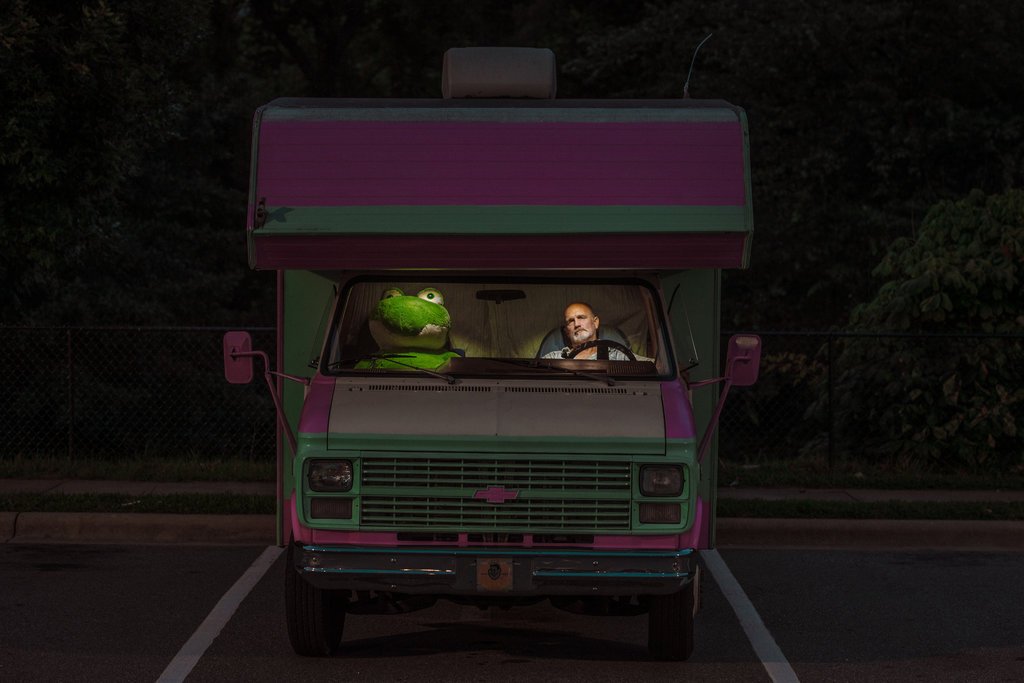
Walmart’s practice of letting people populate many of its parking lots has made the retail giant’s stores a reliable destination and a place where an informal culture emerges before and after dark.


Prince Mohammed bin Salman is taking on all comers — the royal family, wealthy Saudis, Iran and Hezbollah. But is he ambitious or simply reckless?
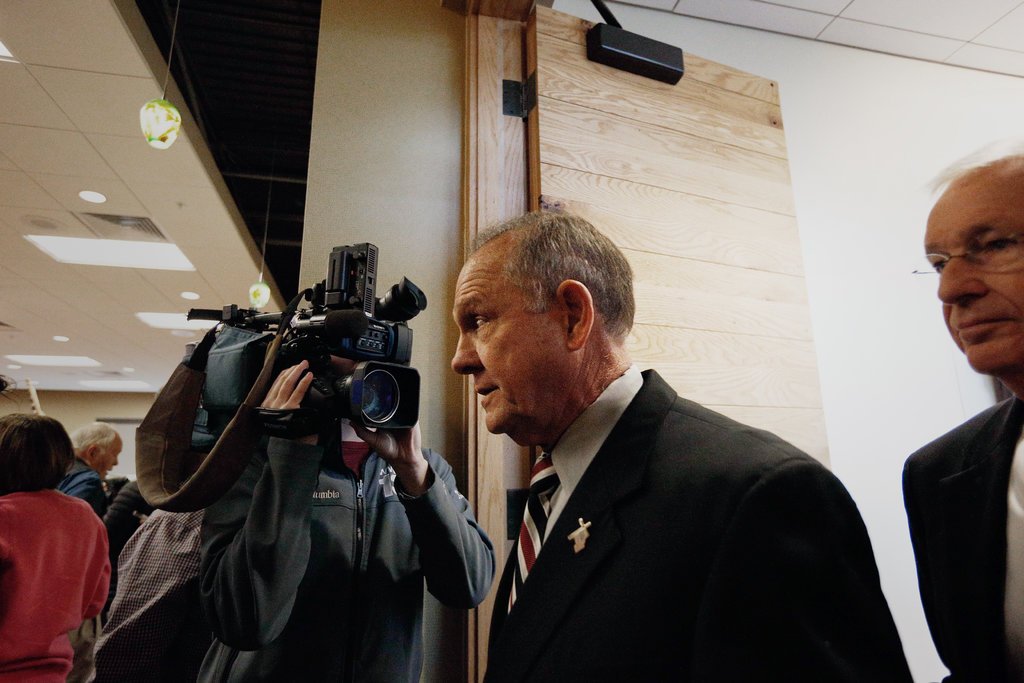
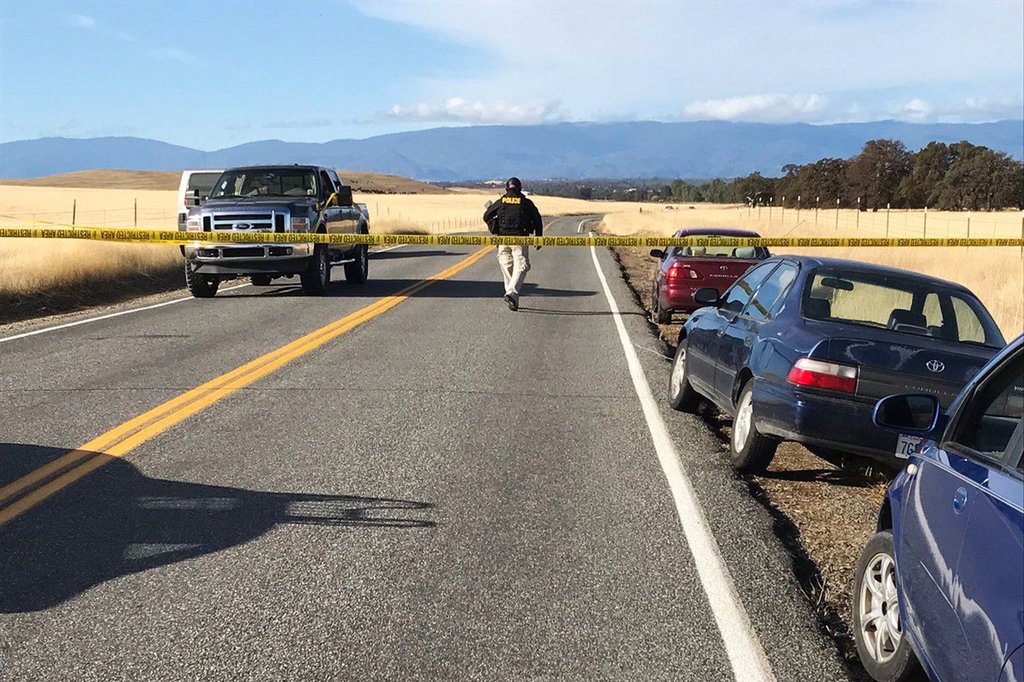
The police said there were at least seven separate shooting scenes in or near Rancho Tehama Reserve, and two children were among the wounded.
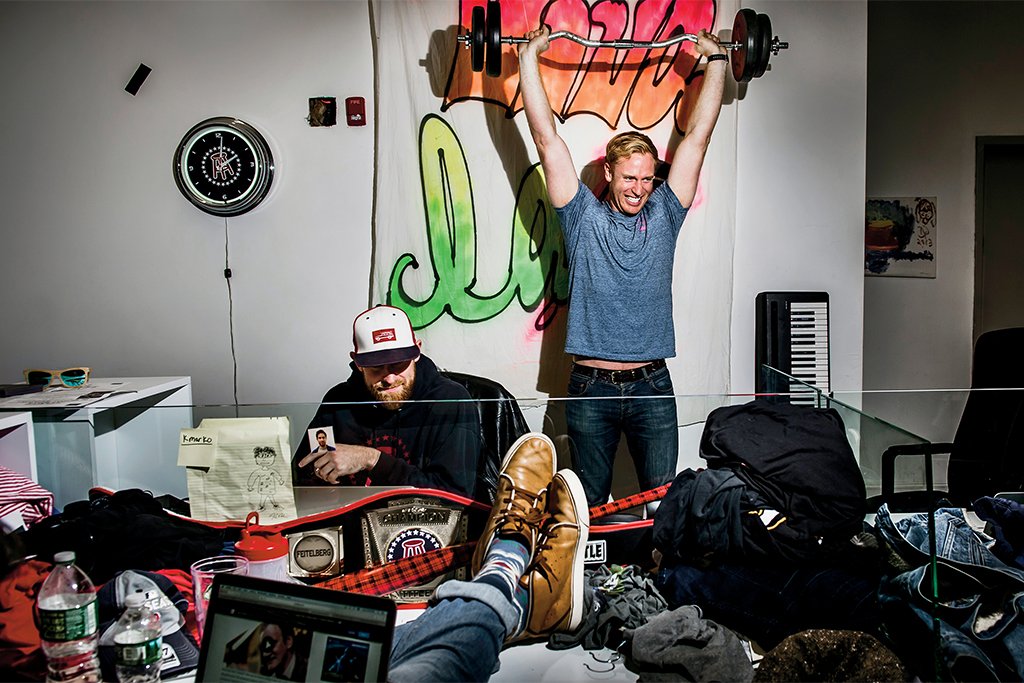
The insurgent media company has built a devoted following of what it sees as “average” sports fans: unruly, occasionally toxic and aggressively male.
Advertisement
Article source: https://www.nytimes.com/2017/11/14/business/economy/richmond-bankrupty-court.html?partner=rss&emc=rss
Speak Your Mind
You must be logged in to post a comment.